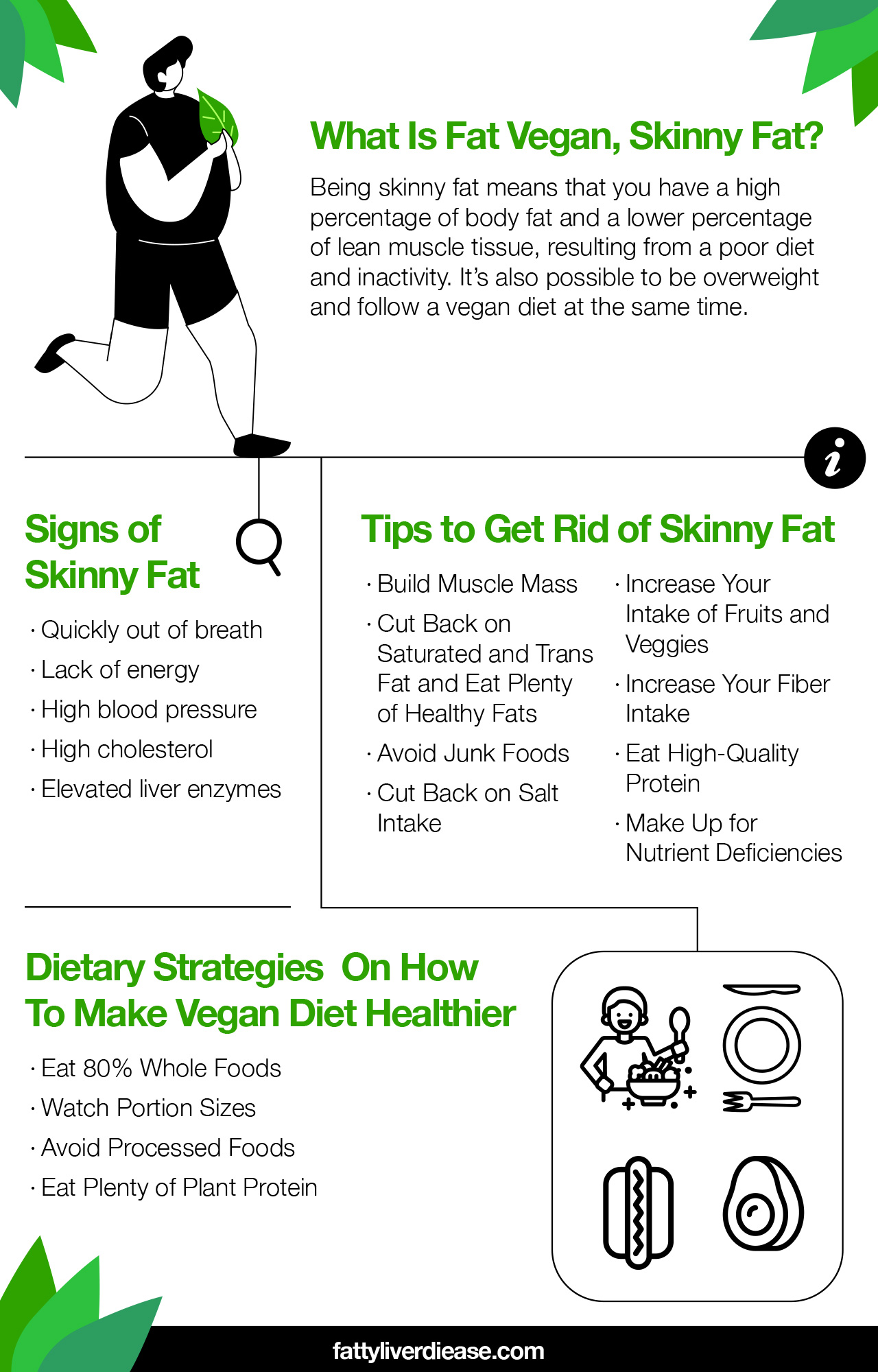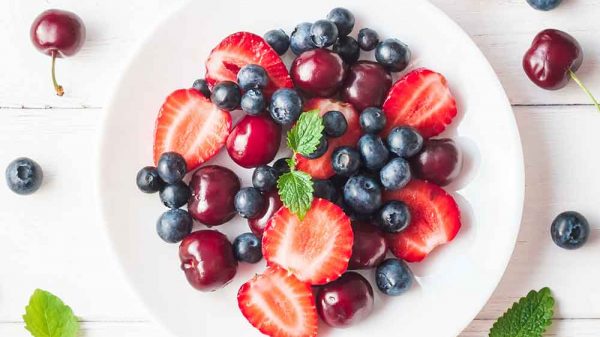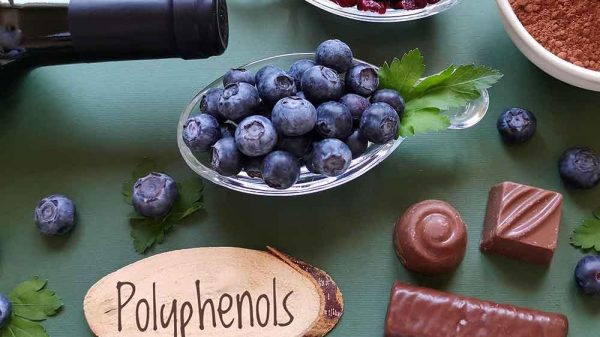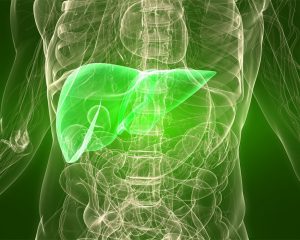“Fat vegan” and “skinny fat” seem like oxymorons. So what do these terms actually mean? Essentially, it is possible to be vegan or thin and simultaneously unhealthy. It’s also more common than you might think it is.
In this article, we discuss everything you need to know about appearing healthy while being unhealthy. We also provide guidelines on how to get rid of skinny fat and optimize your health. Read on to find out more!
What Does it Mean to Be Skinny Fat?
Skinny fat essentially means that you appear healthy overall, but internally your body is not functioning as well as it should. You don’t have to be overweight to experience diet-related health problems.
Individuals who are skinny fat tend to have a higher proportion of body fat and low muscle mass. They also likely consume a diet that’s high in processed foods, refined grains, added sugars, and saturated fat. These individuals may be genetically thin and can process the calories that they consume. However, this can be deceiving because although not overweight, these individuals are still at risk for developing metabolic conditions or cardiovascular diseases in the long run.
Signs of Skinny Fat
If you are within a normal weight range but don’t quite feel your best, you may fall into the category of skinny fat. Here are a few signs indicating that you’re not as healthy as you could be, although you’re at a good weight.
- Quickly out of breath: When walking up the steps or carrying groceries to your car, you notice that you’re more tired and winded than you should be.
- Lack of energy: If you’re eating a poor diet that introduces a lot of junk into the body, your body must work hard to clear out all of the harmful ingredients. Instead of being an energizing force, food becomes a hassle to process, and the body is less effective in converting food into energy.
- High blood pressure: Your blood pressure readings may be hypertensive or pre-hypertensive, signaling that your cardiovascular system is not as healthy as it should be. Chronically high blood pressure scars your blood pressure and over time increases the risk of experiencing a stroke.
- High cholesterol: When you go to your doctor for your annual physical, your test results may show that you have high cholesterol. In particular, your levels of low-density lipoprotein (LDL), which is the bad kind of cholesterol, may be elevated. Over time, high LDL cholesterol increases your risk of developing heart disease.
- Elevated liver enzymes: Elevated liver enzymes are a sign of liver inflammation, which is often associated with fatty liver disease.
Is It Possible to Be a Fat Vegan?
Veganism is often touted as the epitome of a healthy diet. However, eating vegan only provides health benefits if it is done in a certain way.
First, what does it mean to be vegan, and what can’t vegans eat? Vegans avoid all animal products, like meat, fish, eggs, and dairy. Individuals following a vegan diet often subsist on an abundance of plant-based foods like fruits, veggies, whole grains, nuts, and seeds.
However, the problem is that there are numerous products on the market like bread, cookies, prepared meals, and other processed foods marketed as vegan. Even if these products are technically vegan and don’t contain animal products, they are still packed with added sugars, preservatives, and empty calories.
Many individuals following a vegan diet may consume primarily prepared food products. Eating a diet high in added sugar requires the pancreas to continually release insulin to manage high levels of blood sugar. Regularly consuming a diet high in sugar and processed foods increases your risk of gaining weight and developing type 2 diabetes, fatty liver disease, and other metabolic conditions. Eating an abundance of these foods makes it possible for us to become overweight or fat vegans.
How to Get Rid of Skinny Fat
If you are thin and you’ve been diagnosed with insulin resistance, type 2 diabetes, fatty liver disease, or other metabolic conditions, there are steps you can take to improve your health. Here are a few tips for transforming skinny fat into strong and healthy.
1. Building Muscle Mass
Individuals who are thin and unhealthy tend to have low muscle mass. Because they are within the normal weight range, these individuals don’t need to focus on weight loss. In fact, gaining weight in the form of lean muscle mass can help improve markers of metabolic dysfunction.
How can you put on more muscle mass? Adding strength training to your regimen is a critical part of building muscle tissue. In conjunction with a balanced diet that’s rich in protein, consistent strength training facilitates the production of lean muscle tissue.
Exercises like weight training and bodyweight exercises like push-ups and pull-ups are practical muscle-building exercises when striving to put on more muscle mass. Avoid starting with an intense weightlifting regimen since this increases the risk of injury. Instead, gradually increase your training as you become stronger. High-intensity interval training (HIIT) is also an effective exercise program for increasing muscle mass and improving cardiovascular endurance.
To devise a tailored exercise regiment and meal plan that supports muscle growth, it’s a good idea to consult and certified personal trainer and a registered dietitian.
2. Cutting Back on Saturated and Trans Fat and Eat Plenty of Healthy Fats
Saturated fats and trans fats are present in loads of foods, like fried foods, steak, bacon, egg yolks, full-fat yogurt, cheese, whole milk, ice cream, and baked goods. A high intake of saturated or trans fat over a long period of time contributes to a process called atherosclerosis, in which cholesterol and other products accumulate in the bloodstream to form plaques. Plaques inhibit blood flow through your blood vessels and increase your risk of heart disease and cardiac events like heart attack and stroke. Saturated fat also impedes the healthy function of insulin, contributing to the development of diabetes.
You can limit your intake of saturated fat and trans fat by limiting meat and dairy products in your diet. When you do consume animal products, make sure to choose lean cuts of meat and low-fat or nonfat dairy. It’s also important to save prepared foods, restaurant foods, and fried foods for special occasions.
3. Avoiding Junk Foods
Junk foods are not only high in unhealthy ingredients, but they are also packed with empty calories without nutrients. Getting your calories from junk foods that are devoid of nutrients means you aren’t getting the nutrients you need. Junk foods only provide short spurts of energy that leave you feeling drained and sluggish.
In a way, junk food takes away more energy than it offers. Junk foods are packed with harmful compounds that cause inflammation and oxidative stress. Oxidative stress and inflammation cause the buildup of free radicals that slow down healthy cellular function and sap your energy.
4. Cutting Back on Salt Intake
Sodium is found in a variety of processed foods and is sometimes used as a preservative. Though we all love the salty flavor of chips, pretzels, and fried foods, excess salt consumption is connected to high blood pressure. Ingesting too much salt drives up blood volume, causing blood to exert too much force on blood pressure walls.
Over time, this excess pressure can cause scarring within blood vessels. As a result, blood vessels are less able to constrict and dilate effectively. Chronically high blood pressure contributes to heart disease.
5. Increasing Your Intake of Fruits and Veggies
Eating more whole plant foods like fruits and veggies helps reduce oxidative stress and inflammation. Fruits and vegetables are healthy foods that contain micronutrients like vitamins, minerals, polyphenols, and carotenoids that expedite cellular mechanisms and improve metabolic health. When increasing your intake of fresh produce, you may find that your energy levels are higher and you feel more refreshed. This is because the micronutrients help ward off inflammation and oxidative stress, making it easier for all organ systems to do what they’re designed to do.
Even if you are a non-vegan or meat-eater, eating lots of fruits and veggies is vital for your overall health and well-being.
6. Increasing Your Fiber Intake
Eating plenty of fiber is crucial to support your gut health as well as overall health. Fiber helps regulate the release of glucose into the bloodstream while also balancing the balance of bacteria in the gut. Fiber feeds good bacteria, producing anti-inflammatory compounds that travel throughout the body and lower systemic inflammation.
In fact, a study published in Nutrition & Metabolism analyzed 23,529 subjects for nonalcoholic fatty liver disease diagnoses and fiber intake. Results uncovered a link between a higher intake of insoluble dietary fiber and a lower rate of nonalcoholic fatty liver disease diagnoses among men. (1) Nonalcoholic fatty liver disease is a condition that is connected to a diet high in added sugars, saturated fat, and processed foods, and low in fresh fruits, veggies, whole grains, nuts, and seeds.
7. Eating High-Quality Protein
High-quality protein complements strength training and encourages the rapid synthesis of lean muscle tissue. In particular, the amino acids in protein are vital for supporting your health and combatting skinny fat. Amino acids are the smallest protein components and are used by the body to produce muscle tissue, neurotransmitters, enzymes, and all other protein-based compounds.
Essential amino acids must be obtained in optimal ratios from dietary sources each day. The body is unable to synthesize essential amino acids. Low-fat meat, low-fat dairy, and fish are good sources of protein that can help you meet your essential amino acid requirements. Alternatively, consuming a variety of plant-based protein or a high-quality supplement can help you meet your essential amino acid needs.
8. Making Up for Nutrient Deficiencies
Being skinny fat is often associated with nutrient deficiencies as a result of an unhealthy and monotonous diet of processed foods and sugary beverages. Being skinny fat may therefore be connected to an insufficient intake of vitamin D, calcium, and B vitamins. You can obtain adequate levels of vitamin D from fortified milk, fatty fish like salmon, and getting a little bit of sunshine. You can get calcium from low-fat yogurt, cheese, milk, fortified plant-based milk, and even vegetables like collard greens, kale, and edamame.
How to Reform Your Vegan Diet
Are you following a vegan diet but still overweight and suffering from metabolic conditions? If so, you may need to make some changes to your vegan diet to ensure that it supports your health. Here are a few dietary strategies for making your vegan diet healthier.
1. Eat 80% Whole Foods
If you are following a vegan diet or vegan lifestyle, it’s essential to stick to primarily whole foods. Approximately 80% (or more) of your diet should be whole foods. Vegan whole foods encompass plant-based foods that are unprocessed or minimally processed. Whole, plant-based foods like fruits, vegetables, whole grains, nuts, seeds, beans, and other legumes help ensure that you’re getting an array of essential micronutrients.
Are you unsure of what to eat when eating primarily whole foods? Luckily, there are numerous healthy and delicious things that you can prepare for breakfast, lunch, and dinner. Here are a few suggestions!
- Vegan protein pancakes: These keto vegan pancakes offer loads of healthy fats and protein. Try preparing pancakes that are low-carb and high-protein by combining almond flour, ground chia seeds, ground flax seeds, peanut butter, vegan protein powder, and almond milk. Top with fresh raspberries and a small dollop of coconut oil.
- Curried chickpeas: Prepare a curried chickpea dish by combining chickpeas and chopped kale in a large pot. Saute with onions and garlic and add coconut milk, curry powder, turmeric, lemongrass, ginger, salt, and pepper. Serve over quinoa and brown rice.
- Sweet potato lentil stew: Sweet potatoes and lentils complement each other beautifully and provide healthy complex carbohydrates, protein, fiber, and antioxidants. First, chop the sweet potato into cubes and saute with olive oil, onions, and garlic. Combine with lentils and veggie broth and simmer until the lentils and potato are tender. Season your dish with garlic powder, oregano, basil, salt, and pepper. Serve over quinoa or brown rice.
2. Watch Portion Sizes
Eating too many calories contributes to weight gain. When we consume more energy than we burn, the body stores the excess energy as fat deposits. Although it’s more difficult to overeat when you are sticking to a diet of primarily whole, plant-based foods, it’s still possible to overdo it on the calories.
For example, nut butters and vegetable oils like olive oil and coconut oil tend to be calorie-dense foods. Monitoring your food intake is important to make sure that you are eating a balanced diet without consuming excess calories.
3. Avoid Processed Foods
Processed foods encompass any food that has been subjected to an industrial process. White rice and white pasta, for example, have been processed to remove the nutrient-dense outer hull, leaving the remaining starch. Although these foods are technically vegan, they are high in refined grains that spike your blood sugar.
Pastries, ice cream, and soft drinks are other processed foods that are vegan but packed with refined grains and added sugars. Prepared vegan meals and frozen vegan foods also tend to be high in sodium and preservatives. Save these treats and premade meals for special occasions.
Always check the nutrition label and ingredients labels of vegan processed foods. Many processed, plant-based foods are filled with unhealthy ingredients. Avoid any foods that are packed with salt, sugar, preservatives, and refined grains.
4. Eat Plenty of Plant Protein
Plant protein differs from animal proteins significantly: animal proteins like meat and dairy offer optimal ratios of essential amino acids, while plant-based proteins do not. Plant foods contain essential amino acids but in incomplete proportions. Most plant-based proteins are missing at least one essential amino acid. Lacking even one essential amino acid in your diet can slow down processes like muscle synthesis.
If you’re following a vegan diet, it’s a good idea to eat a variety of plant-based proteins like whole grains, beans, nuts, seeds, and soy products like tofu and tempeh. Combinations of plant-based proteins offer complementary amino acids, providing a complete essential amino acid profile.
Taking a high-quality supplement is also an effective way to ensure that you’re getting the essential amino acids that your body needs. Add a supplement to water or a smoothie to get free essential amino acids that can be easily absorbed and utilized by the body for essential functions.
Fat Vegan, Skinny Fat: Conclusion
Eating a vegan diet or having a healthy body weight doesn’t necessarily mean you are healthy. Being skinny fat means that you have a high percentage of body fat and a lower percentage of lean muscle tissue, resulting from a poor diet and inactivity. It’s also possible to be overweight and follow a vegan diet at the same time. Avoiding processed foods, eating more fruits and veggies, and amping up your exercise regimen are a few ways to improve your health.

References:
(1) https://nutritionandmetabolism.biomedcentral.com/articles/10.1186/s12986-019-0420-1























